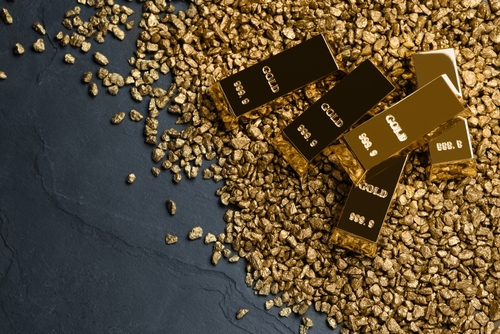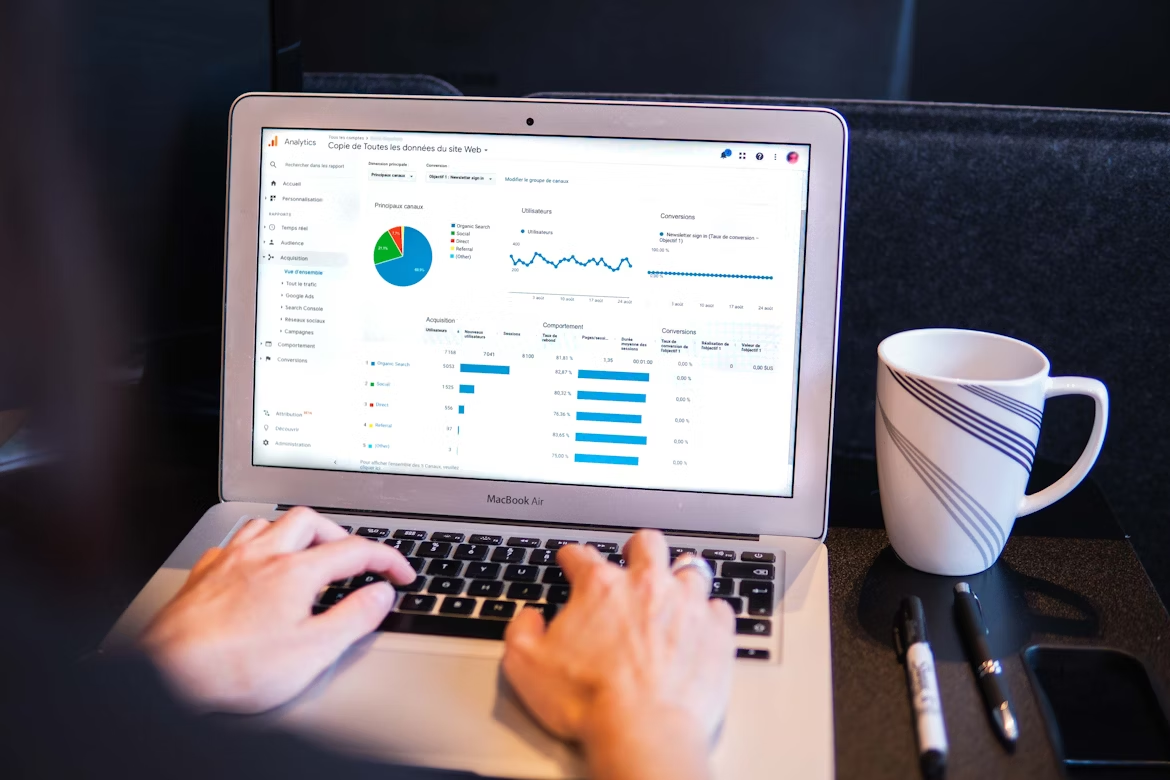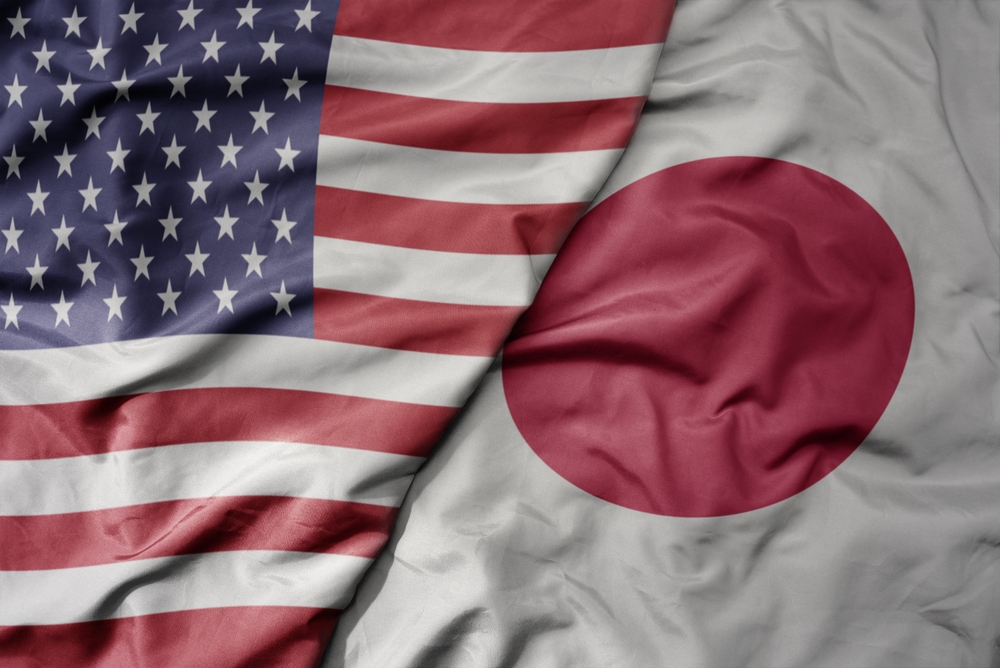Besides the standard economic forces of supply and demand, there are other factors that can have an impact on gold prices. These include but are not limited to the following: interest rates, inflation, currency value, geopolitical events, and economic conditions. One well established correlation about the yellow metal is that its price tends to increase in inverse proportion to the decline of stocks and bonds. Evidence below suggests that the deeper the crisis and its perception ̶ be it economic, geopolitical, or other ̶ the bigger the boost to the price of gold.
Hamas-Israel war, Ukraine-Russia war, rate hikes, inflation
In the first half of 2023, gold increased by 5.4% in USD – closing June at $1,912.25/oz. Simply put, it was fulfilling its traditional role as a stable and reliable investment asset.
Gold outperformed all other major assets apart from developed market stocks.[1]
On May 4th, 2023, gold has reached an all-time high (so far) of 2021 USD/oz. Possible factors behind this could be a relatively stable US dollar and interest rates[2] and continued central bank demand.
Besides macroeconomic factors, gold has been found to respond to geopolitical events, such as wars. This theory was tested once again when Hamas attacked Israel on October 7, 2023. Gold prices jumped more than 3% and were poised for their best week in seven months as the intensifying conflict in the Middle East sent investors looking for safe havens for their assets.
[1] Based on the LBMA Gold Price PM USD as of 30 June 2023.
[2] Most US Treasury yields with maturities of two or more years remained relatively rangebound throughout H1 especially when compared to 2022.

Price of gold in a 5-year timeframe.
Over 2022 gold price has culminated on March 7th, hitting the level of 1988.23 USD /oz. The good showing by the yellow metal can be attributed to three major factors: escalating tension in Russia-Ukraine war, US Fed interest rate hike of 50 bps being ruled out in March 2022, and major commodity prices hitting a multi-year high, which had the effect of fueling inflation. The combination of these 3 factors just may have been enough for the perfect storm for gold price. Perhaps the only thing missing was a health scourge the likes of Covid-19 pandemic and gold would be set to go through the roof.
1980s: Geopolitics and questionable FED policies
If we were to look for a record for the price of gold, it came in the 1980s.
Gold reached its highest price ever in 1980 with an inflation-adjusted price of $2,429.84/oz. Such a dramatic spike was caused by a combination of extreme geo-political events and actions by central bankers. The geopolitical unrest came in the form of the Iran hostage crisis in November 1979 and Russian invasion of Afghanistan in December the same year. Add to that the unconventional policy actions by the FED under Chairman Volcker that fueled the perfect storm for the price of gold. The Fed tried to fight inflation without managing the expectations of inflation. In June 1981 the Fed hiked the federal funds rate, which had averaged 11.2% in 1979, to a peak of 20%. As a result, the prime rate rose to 21.5% in 1981, which had brought on the 1980-1982 recession, during which the US saw the unemployment rate rise to over 10%.
2020: Pandemic we knew nothing about
In 2020, the first year of the global Covid-19 pandemic, the price of gold has reached a high of just under $2,075 per troy ounce in August as investors searched for safe havens and a store of value. Throughout 2020 gold has continued to outperform most other major asset classes over the past 12 months.
What’s more, the economic outlook was so grim, some predicted for gold prices to rise over 26% by the end of 2021 as recessionary fears hung on the horizon. That would take gold to the level of 2,600 USD/oz., which in retrospect did not happen. Instead, toward the close of 2021, gold was trading again lower at 1,830 USD.
In the aftermath of the Covid-19 pandemic, the price of gold has come off a bit from its all-time highs but still has remained strong, even as the stock and bond markets have experienced downturns through 2022. Incidentally, this is precisely what was expected from the yellow commodity: to beat the equity markets pinched by unfavorable economic conditions.
Conclusion:
Besides the standard economic forces of supply and demand, there are other factors at play that move gold prices. Chief among them are economic factors, such as interest rates, inflation, currency value, and economic conditions. In addition to that, price of gold responds to geopolitical events, such as wars as has been recently evidenced by the Hamas-Israel and Russia-Ukraine conflicts. Recently, the price of gold has seen a significant boost during the global Covid-19 pandemic.
In general, evidence above suggests that the deeper the crisis and its perception, the bigger the boost to the price of gold.















